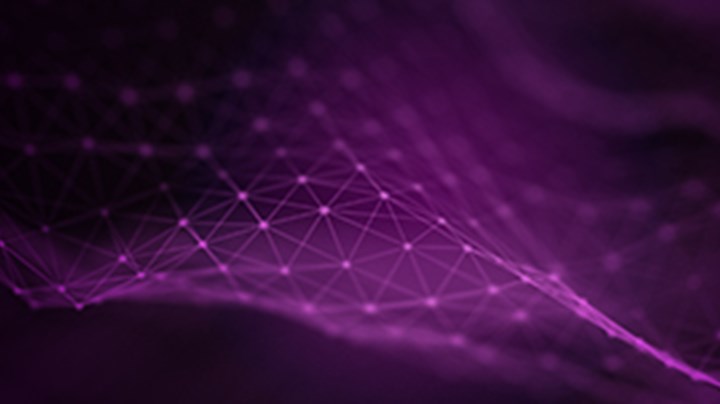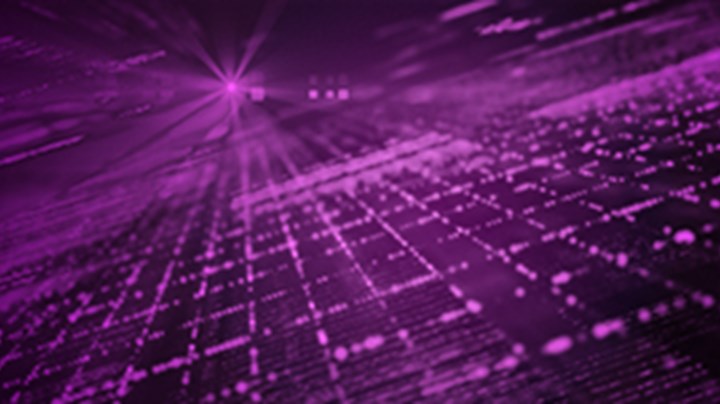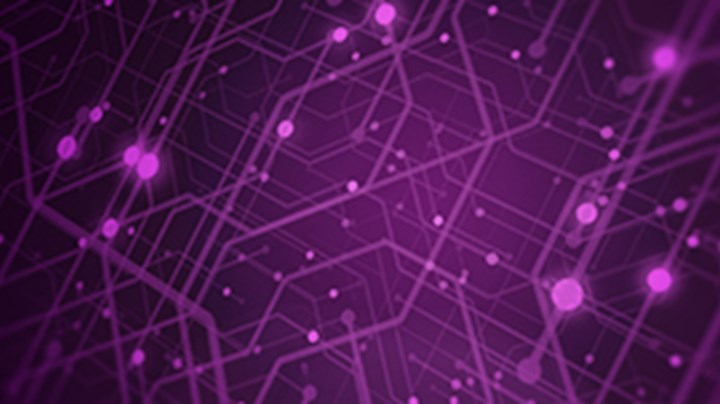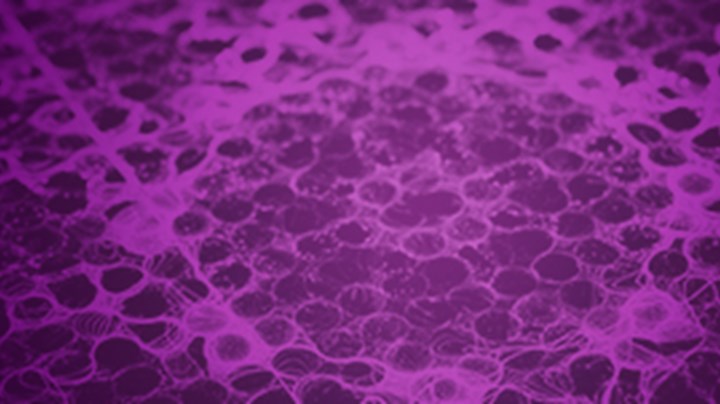Scientific Publications
D-Wave is the world’s first commercial supplier of quantum computers. Learn more about the science behind our cutting-edge quantum technology and the use cases it can be applied to. Visit our resource library to read our technical white papers.
2024

Publication
Computational supremacy in quantum simulation

Publication
Quantum fluctuations drive nonmonotonic correlations in a qubit lattice
2023

Publication
Kagome qubit ice

Publication
Quantum error mitigation in quantum annealing

Publication
Tutorial: calibration refinement in quantum annealing

Publication
Milestones on the Quantum Utility Highway

Publication
Quantum Critical Dynamics in a 5,000-Qubit Programmable Spin Glass

Publication
Probing Flux and Charge Noise with Macroscopic Resonant Tunneling
2022

Publication
Multilevel Resonant Tunneling in the Presence of Flux and Charge Noise

Publication
Coherent Quantum Annealing in a Programmable 2,000 Qubit Ising Chain

Publication
Annealing-based Quantum Computing for Combinatorial Optimal Power Flow

Publication
Hybrid Quantum Annealing for Larger-than-QPU Lattice-Structured Problems
2021

Publication
Community Detection in Electrical Grids Using Quantum Annealing

Publication
Quantum Permutation Synchronization

Publication